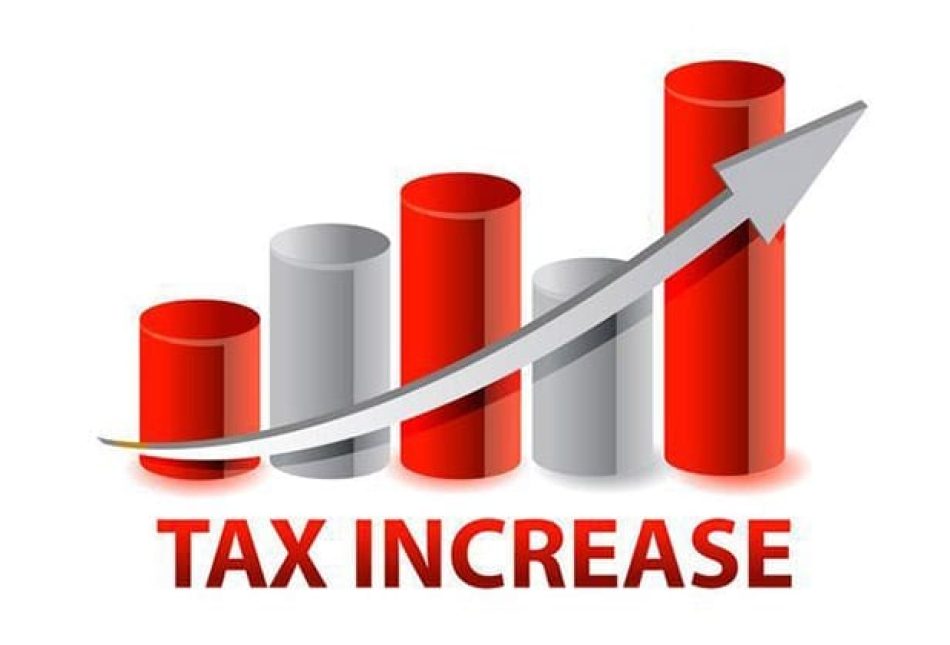Tax Hike, Unwise, Unnecessary

The local politicians are at it again. If Mayor David Coss and Chief of Police Eric Johnson have their way, property taxes will rise and red light cameras will be introduced to Santa Fe roads for the explicit purpose of generating revenue. Both sources of increased revenue are necessary, according to Coss, to add 15 extra officers and three support staff positions for the fiscal year that begins July 1. The cost is estimated at $1.8 million.
The efficacy of such a system is still debatable. Using the system as a cash machine first to justify public safety spending is truly disturbing. No reasonable person would argue against more patrol staff but tax hikes are totally unnecessary. Coss talked about trimming the general fund budget but if public safety is the first priority then existing tax revenue should be enough.
Santa Fe’s trend to spend has been quite prominent in recent years. According to data that is readily available on the City’s website, Santa Fe spent just under $200 million during the 2003-2004 fiscal year. By the 2007-2008 fiscal year spending had grown to nearly $300 million.
Thus, Santa Fe government grew by nearly 50 percent in five years or just under 10 percent annually. Considering that inflation and the City’s population grew far more slowly (an average of 4.5 percent annually over the same four-year period), there is no question that Santa Fe’s government has grown rapidly during the last five years alone.
What does this all mean? For starters, it means that if public safety has become a higher priority, then by definition other areas are somewhat lower priorities. Santa Fe’s budget has grown by more than enough to pay for the added police officers without compromising other areas of the budget.
Certainly, police can be funded out of the existing budget if our political leaders are willing to prioritize. At the same time, the decision of whether to adopt a red light camera program should be based on the support of Santa Feans and hard data showing that they reduce accidents, not the supposed need to boost “tax” revenue.
Albuquerque’s red light program has been repeatedly threatened with closure due to a lack of popular support and the state’s decision to take some of the revenue. A similar plan should not be undertaken here unless community support is strong and revenue is an afterthought and not a justification for the program.
While support for restrained budgets may sound out of place in the “City Different,” we too must compete for businesses and residents against other cities not only throughout New Mexico, but nationwide. In fact, Albuquerque is attempting to become more business friendly by reducing its tax burden after years of tax hikes.
While Santa Fe’s budget has grown at nearly 10 percent annually in recent years, Albuquerque’s budget has grown by less than 5.5 percent over the same time period, despite faster population growth. While we don’t necessarily want to emulate Albuquerque, the fact is that its relatively restrained budget will enable that city to reduce their gross receipts tax by 1/8th cent. The hiring of more police at higher salaries is part of the plan.
Santa Fe is a unique city, but it is not immune from budgetary and economic reality. Rather than once again raising taxes, we must reconsider the core functions of government and allocate resources accordingly.
Gary Miller, a resident of Santa Fe, is a policy analyst with New Mexico’s Rio Grande Foundation. The Rio Grande Foundation is an independent, non-partisan, tax-exempt research and educational organization dedicated to promoting prosperity for New Mexico based on principles of limited government, economic freedom and individual responsibility.

